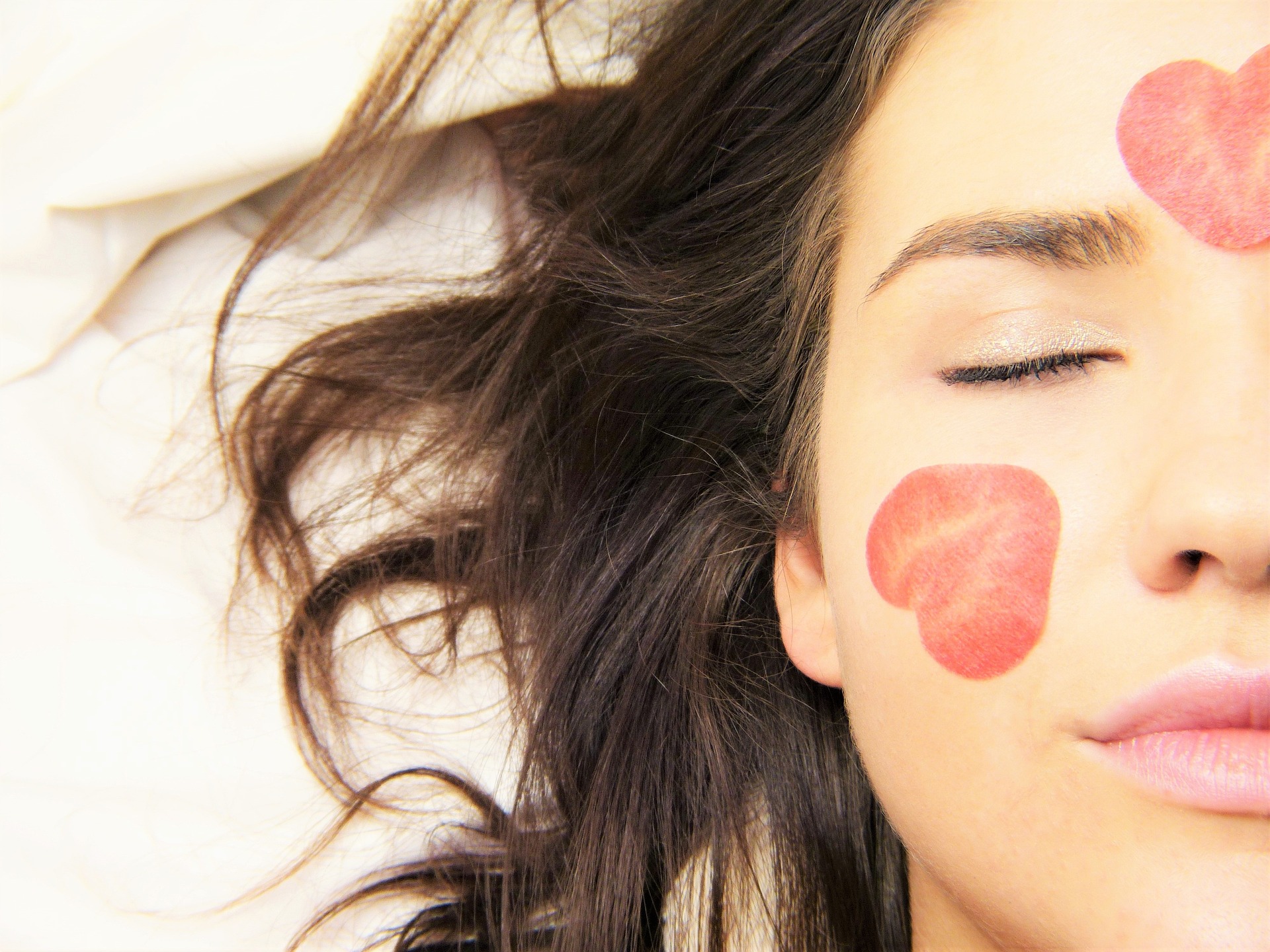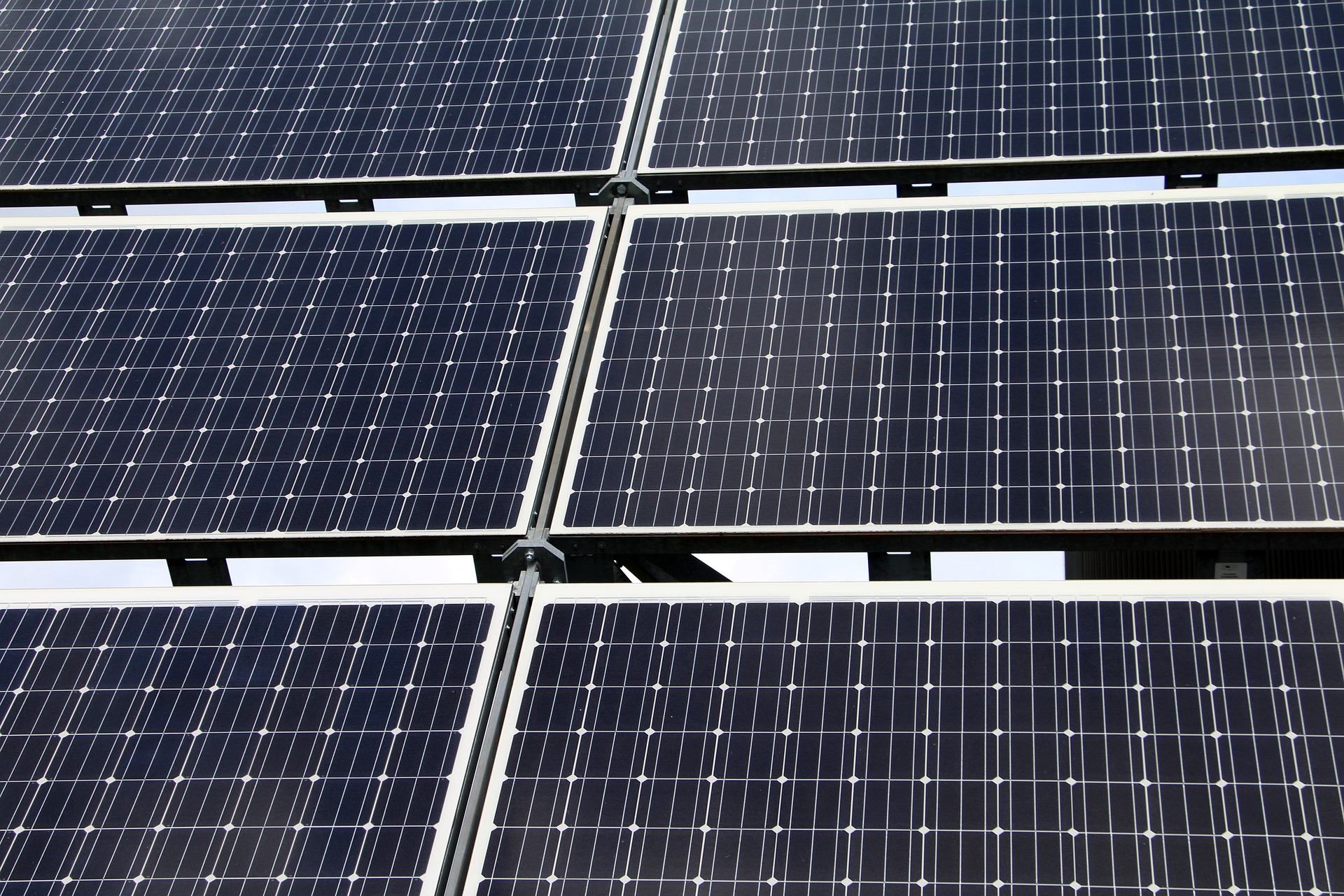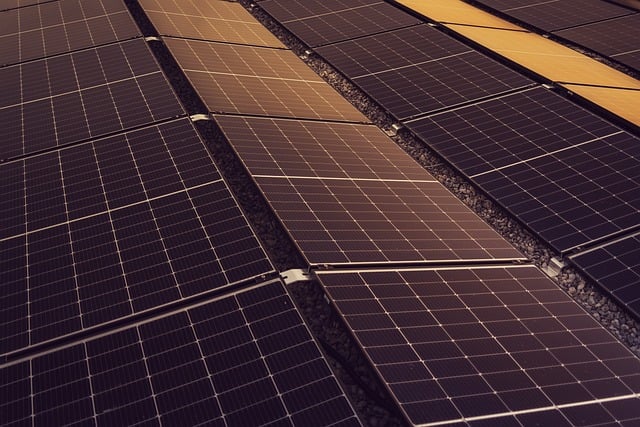The Evolution and Impact of Color Therapy in Beauty and Fitness
The concept of color therapy, or chromotherapy, has been a part of human history for centuries, yet its impact on the beauty and fitness industry is a relatively recent phenomenon. This article dives deep into the roots of color therapy, its modern applications in the wellness industry, and how it has revolutionized beauty and fitness practices.
The Genesis of Color Therapy
Color therapy can be traced back to ancient civilizations such as Egypt, China, and India, where colors were used in various forms of healing and spiritual practices. The Egyptians used specially constructed solarium-type rooms with colored panes of glass. The patient would enter the room and be bathed in light that was filtered through the colored glass.
The Science Behind Colors
The underlying belief in color therapy is that each color has a specific vibration rate, which can affect our body and mind. For example, red is believed to increase adrenaline and circulation, whereas blue is associated with calmness and relaxation. This is more than just a belief, however, as studies have shown that colors can indeed have physiological effects.
Color Therapy in Beauty
In the beauty industry, color therapy is not just about the colors that are applied to the skin. It’s also about the colors that are perceived by the eyes. Spas and beauty clinics often use color therapy in their interior designs to set a particular mood or ambiance, promoting relaxation and wellness.
For example, some beauty products now incorporate LED light therapy, with different colors used to target specific skin concerns. Red light is often used for its anti-aging benefits, while blue light targets acne-causing bacteria.
The Role of Color in Fitness
The fitness industry has also started to embrace color therapy. Some fitness studios use dynamic color-changing lights to influence the energy of workout classes. The colors are often synchronized with the type of workout, the music, or the desired mood. For instance, a yoga class might use cool and calming blue light, while a high-intensity interval training (HIIT) class might be bathed in energizing red light.
Furthermore, the color of fitness apparel and equipment is also considered. Vivid colors like red and orange are often used in high-energy environments, while cool tones like blue and green are found in more calming spaces.
The Future of Color Therapy in Beauty and Fitness
As we continue to understand the impact of color on our minds and bodies, the use of color therapy in the beauty and fitness industry is expected to grow. One potential development could be personalized color therapy, where treatments are customized based on individual responses to different colors.
The integration of color therapy into beauty and fitness represents a convergence of ancient wisdom and modern science. Its rise testifies to an increasing recognition of the holistic nature of health and well-being, where mind-body connections are acknowledged as critical components of wellness.
In conclusion, color therapy, with its roots in ancient civilizations and its branches reaching into modern beauty and fitness practices, offers a rich and vibrant path to holistic wellness. As research continues to uncover the profound effects of color on our physical and mental well-being, we can expect to see more colorful innovations in the beauty and fitness industry.



